What come to your mind when you think of Punjab? The vibrant colors, electrifying music, flashy turbans and of course, phulkaris. Phulkaris blended into the Punjabi tradition just like Punjab’s colorful culture. To elaborate, it is an intriguing artistic artifact that is exquisite, stylized by a host of attractive designs and bright colors. This developed into a profession, that has also been a source of income for women, who managed the show.
Earlier the Phulkaris were made by women of the households only for the family members. It wasn’t commercialized. However, in the later part of 19th century, after Punjab had faced a lot of famines and hardships, these Phulkaris were put to sale. As the producers of Phulkaris didn’t use quality products in the beginning, they used cheaper material and the art adopted a time-saving pattern. That’s when the sale of Phulkaris fell, and it faced a severe threat of extinction. Besides, the craftsmen employed were not very skilled and also were exploited. The art had to face a lot of hardships before it could evolve into a well-known articulation of colorful threads in fabric.
Today, fortunately, it explores new avenues and opportunities because the women of Punjab have taken charge – to keep it alive.
Developed in cottage industries, headed by women
Phulkari artisans and craftsmen make phulkaris on fabric using colorful threads, that are woven into very exquisite designs. It is mainly developed in cottage industries of Punjab, headed by women. As we all know India is a country of exuberant textiles and extravagant artefacts, these Phulkaris are quite in demand around the world. This unique expression of art keeps the age-old tradition and culture alive among the people of Punjab.
The reference of Phulkaris is given in Punjabi text and literature where Guru Nanak Dev ji wrote “KaddKasidhapaihren choli, tan tu jane nari” which means “only when you can embroider your own choli with the embroidery stich (Phulkari), will you be accepted as woman”. Hence, today the art is better off in the hands of Punjabi women, who in yester years use to stich their own wedding lehengas and decorated them with beautiful Phulkaris.
The craft has secured a safe place in the hands of artisans who belong to Bahawalpur community. This community migrated from Pakistan during Partition and members of this community are majorly Sikhs. Many members of this community settled in a mini township called Tripuri in Patiala. This separate township was created for them by the ruler of Patiala. It has been found that at least one woman from each household of that township is engaged in making Phulkaris.
Phulkaris as the name suggests is a combination of “Phul” which means flowers and “Karis” which means “embroidered designs”. These embroideries were traditionally made with colors magenta, orange and red. However, today this art has been improvised, it is no longer made in khaddar but high-quality fabric like terrivoils, crapes, chiffons, lizzybizzy cotton, stain cloth, silk cloth etc. Phulkaris are seen in curtains, bedsheets, cushion covers, chiffon sarees, kurtas, shirts, dupattas and of course, the very famous Patiala suits. Tripuri is the township where large scale work is done and circulated all over the world.
Phulkari has changed the lives of many Punjabi women just like Simran Kaur. Simran Kaur (40) from Patiala district was a woman bonded by familial tradition and under the realms of patriarchal society. She always dreamt of becoming economically independent but never dared to share the dream with her family. Today, she is earning sitting at home and making beautiful Phulkaris and marketing them around the world through an online platform. Simran Kaur has employed few women who help her in bringing out the best out of high-quality fabrics using this traditional art.
A route of escapade for rural women in Punjab
These rural women who once dreamt of economic independence are now boastful of their permanent bank accounts. To help out more and more rural women Patiala Handicraft Workshop Cooperative Society was registered in 1997 along with Punjab Cooperative Society. This society gets its funding from National Bank for Agriculture and Rural Development, Small Industries Development Bank of India and the Union Ministry of MSME for running entrepreneurial development courses in Punjab to empower rural women. [https://www.rediff.com/money/report/phulkari-empowers-women-in-punjab/20110412.htm]
Today over 200,000 women are engaged in phulkari work in Punjab. This art has given a route of escapade for women who were enslaved by the patriarchal values, restrained in household chores and gave them a chance to dream once again. This traditional art which has proved to flourish only in the hands of women is empowering lakhs of rural women in Punjab.
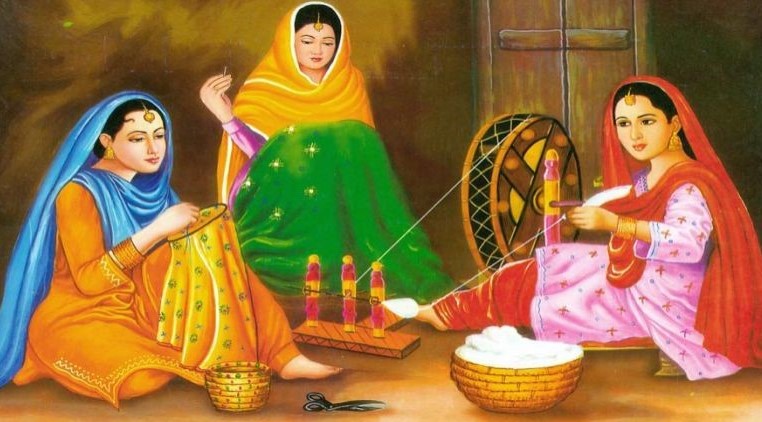
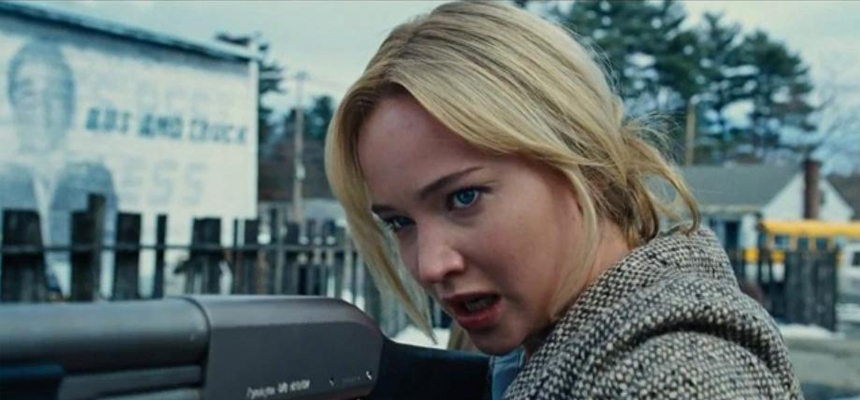
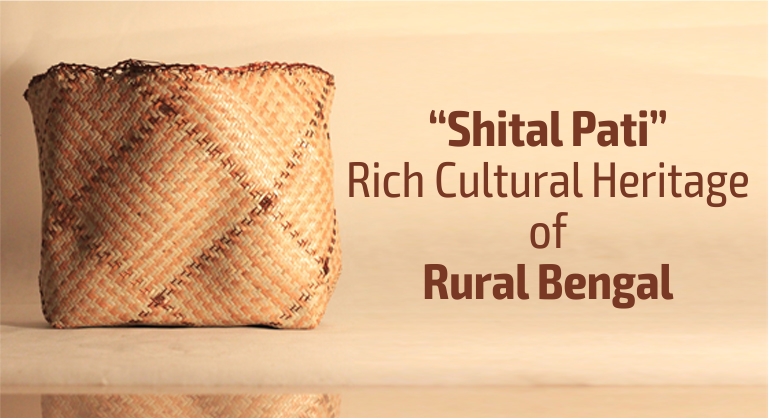


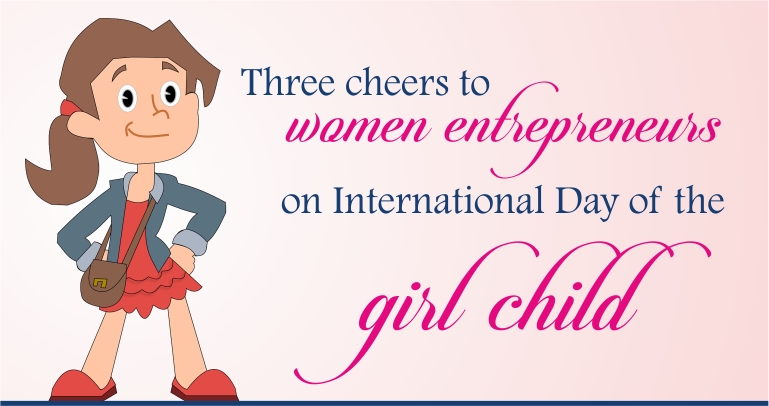


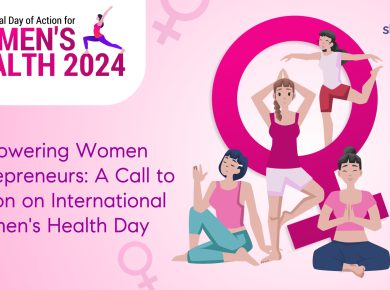


1 comment
Too good